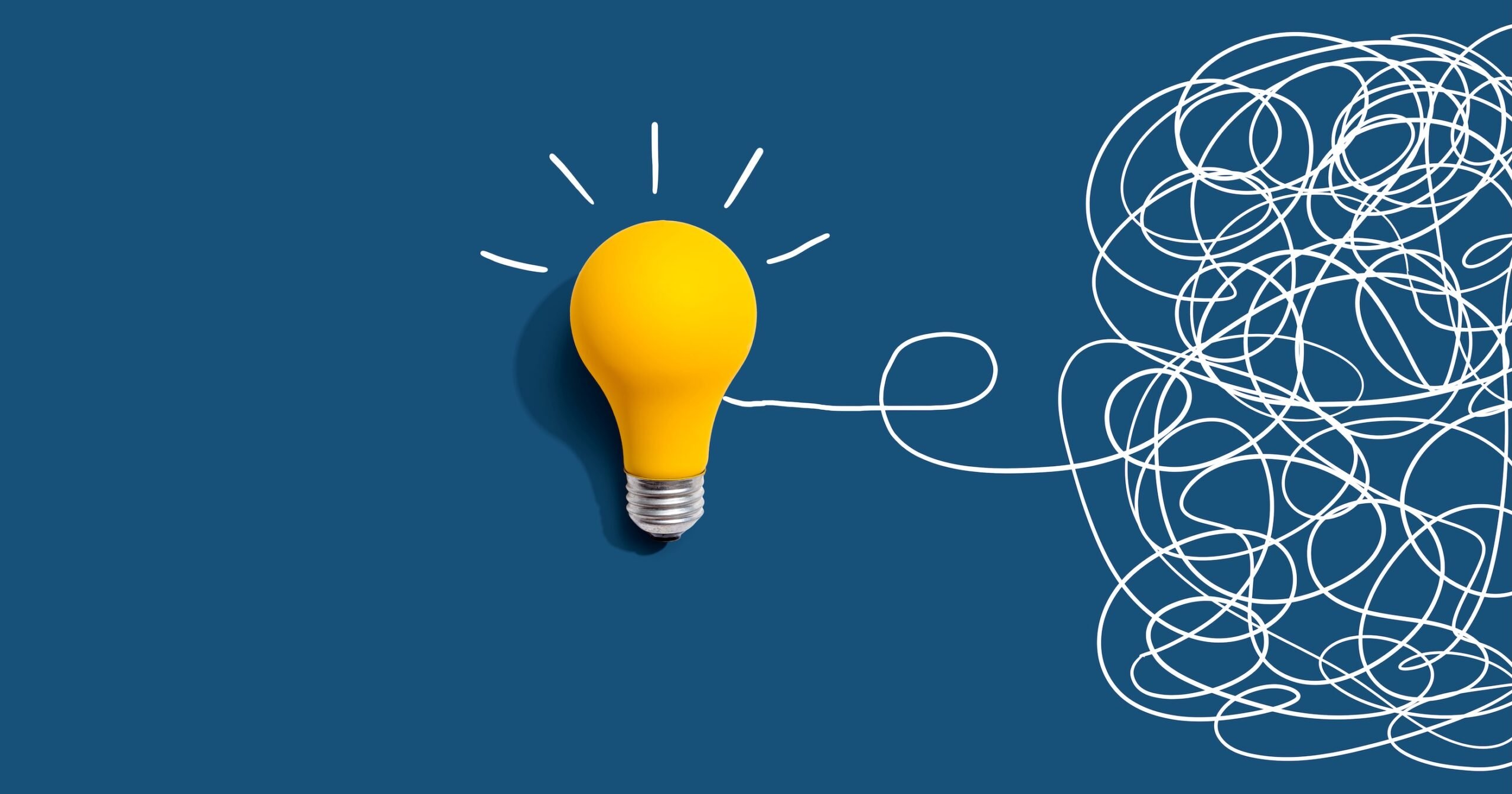Intentional Learning: Make a Difference in the World

Today’s technology enables a new generation exposed to more knowledge capable of making a difference in the world.
All learning should be made visible and concrete as it is designed to be. It happens as teachers, institutions, government, students and parents (as stakeholders) create the conditions that facilitate the unfolding of human potential.
Until recently these stakeholders have been unbalanced; governments, teachers, institutions designed learning (active) for students (passive). We have begun the path towards a balanced learning where the voice of the students captures the same level of influence as other stakeholders had (not without a shock to the incumbents).
In Plato’s Republic
In Plato’s Republic, those who thought about things were elevated to the pinnacle of society, while those who made things were positioned at the bottom of the society. As we strive to find more solutions in entrepreneurship (ges2016) and educate the founders generation, we have to get rid of these polarizing ideas and give ways to and environment for inclusion with a clear value of both abilities in balance. Learning is a permanent evolution, a natural human development that requires a culture of inquiry as much as a culture of action. For centuries, being able to question or inquire the one knowledgeable source (teacher) was almost impossible.
Today’s technology
Today’s technology allows for students to be exposed to knowledge and information, our ability to express, to question, to doubt and to invent is unprecedented. But learning is still about the intention of embracing not only the richness of possibilities, but integrating the complexity of options and the overwhelming challenges of “getting it right”. Designing learning requires a clear definition of boundaries and limitations as much as an environment for space and freedom. This is the nature of learning, both vulnerable and powerful at the same time. Just as it is our human nature. Realizing learning starts from an ideal that has to live in the real world.
Is a compound of rational, ideal and pragmatic inquiry?
Constituted on reflective and critical thinking, productive action and responsible follow through. When we embrace intentional learning we have to assemble a culture that is broad in scope as much as deep in meaning and utility. The process of learning is the most effective and efficient path of getting individuals to new places.
Here is where learning meets leadership.
Today teacher leaders demand the ability to act based on an overwhelming amount of insufficient information within uncertain and many times conflictive or ambiguous limits and resources. Intentional learning is based on the notion of reflections and substance. Where form and content collide, teaching great content with no form is as dangerous as using great form to learn no substance. Just a few years ago content beat form 9 out of 10. This is how the world is changing. Before integrating technologies into learning, we have to change our mental models. We need a new mindset to unify the experience of learning in the XXI Century.
Our models need both an Ontological perspective (inquiry into the nature of real things) and Epistemological perspective (inquiry into how we learn about things). Unlike scientific models, learning is a representation of a path within a cloud of possibilities, under a dynamic process that moves between convergence and divergence. It is a process that brings things into existence (ideas), whose outcomes are the consequence of human judgement and application. Human development was based for centuries about discovering, today is much more about designing.
In the past, observation dominated imagination, today we are entering a more purpose driven approach to learning, we are educating the founders generation, prime creators of their own reality.
Theory and practice, or thinking and doing
There is a lot of discussion around the split between sciences and humanities, between theory and practice, or thinking and doing. I personally believe in learning as a human integration in balance between thought and action. Reason and creativity within the same organism, this is what makes us human.
The new founder’s generation, will have a stronger aim and capability to imagine things that currently do not exist. They will do this both in the physical and virtual worlds, they will have robots, drones, 3d printers and artificial intelligence as colleagues. Their decisions will be more factual based, supported by big data, the cloud, social media networks and global voices.
This generation
This generation will, for the first time in human history, tap into 100% of the available talent, women will have their fair share, diversity will be integrated, we will care about the planet and will strive for inclusion in every dimension. All this forces will enable the new generations to engage very powerfully with the world as much as to develop their full potential with passion. But they, as much as other generations, will still be fallible, will face bigger risks as they will find unintended consequences of their creations (i.e.: Fully autonomous cars). Just like in the story of Hephaistos the Greek’s lame god. As a consequence of his condition, he had to develop tools and devices to overcome his imperfections.
All other gods were perfect. His great creativity and craftsmanship attracted the attention of others who contracted his services to create godly necessities. Hephaistos had the full potential of other gods, but did not have their full capacity. He had to bring things into existence to overcome his imperfections to fulfill his potential.
Our new generation is capable of making a difference in the world, are able to have an active role in the creation of their reality and want to make the world, their world!
Related articles:
A Once In a Lifetime Story of Digital Transformation In Education
Education is Crucial for Hispanic Businesses to Succeed
A Technological, Innovation and Cultural Shift in Education
Latin American Education Is Struggling, Israel May Have the Answer




